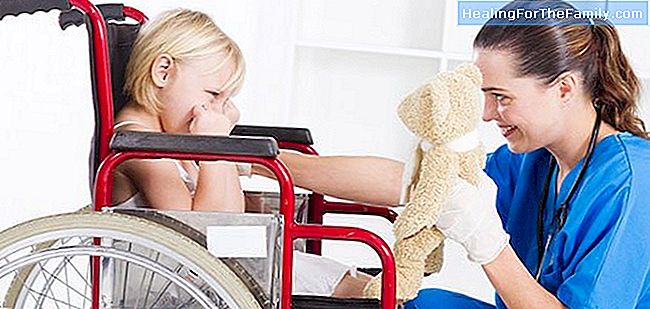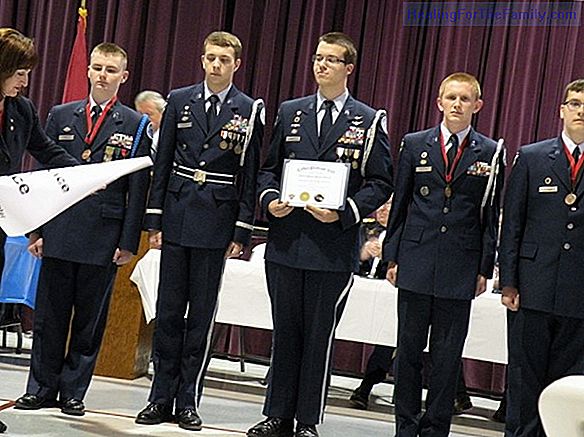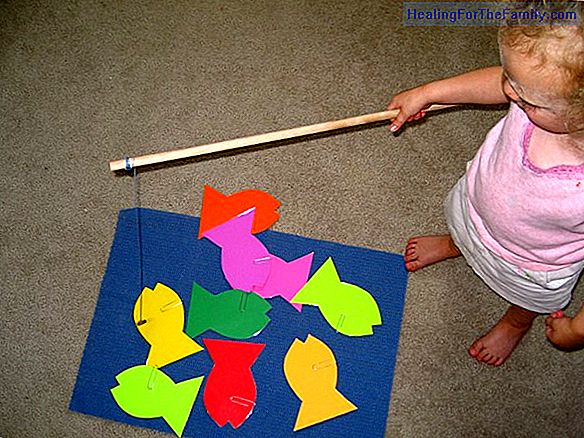Games adapted for children with motor disabilities
Play has a fundamental role in the development of children, but even more so in infants with functional needs. Since in addition to representing a way of socio-educational learning, they are an effective psychomotor stimulation tool to improve their development. Numerous scientific studies show that
Play has a fundamental role in the development of children, but even more so in infants with functional needs. Since in addition to representing a way of socio-educational learning, they are an effective psychomotor stimulation tool to improve their development.
Numerous scientific studies show that children's play facilitates the child's creative development and personality. As Piaget said, infants learn through experience and exploration created through play and toys.
The game for children with motor disabilities

But when we talk about children with some kind of physical disability, the game can become therapeutic, since it represents a multisensory channel that benefits them at a level:
- Motor: stimulating movement, through games of constructions and interactive, which facilitate crawling, flipping, etc ...
- Sensory: Exercising visual-spatial and auditory development through the identification of objects and sounds.
- Cognitive: discovering shapes, colors and concepts.
- Social: through collaborative or group play where peer interactions are created.
- Emotional: all this promotes the self-esteem of the child since he finds in the game or toy a common bond between his peers with or without disabilities.
How to choose a toy for a child with a physical disability
But for this we must keep in mind a series of general tips for the selection and adaptation of toys for children with physical disabilities: Ha 1. Emphasizing that common point Underlying the children's game, it is vitally important that the design of the toys be 'design for all', so that children with and without disabilities can use the same games in similar conditions or together. Es 2. It is important to choose
versatile toys that allow various forms of interaction and to which the rules can be changed. In this way it will be easier to adapt the playful proposal of the toy to the characteristics of each case. Del 3. In the same way, the game materials that are used must be appropriate to their age, although these are in a stage of development different from their age. A 4. In turn, if the infant presents severe motor difficulties, the toys should adapt to size and feel
for better handling, helping in their adaptation with technical aids, which often facilitate access to toys. As we know, there are safety standards for the manufacture of toys, so we must make sure that the adaptations we make do not create dangers in the toy for the child. That is why it is important to always consult a specialist. The benefits of the game for children with disabilities
As we can see, games and toys provide children with physical disabilities with multiple benefits, as long as they are adapted to their physical and psychosocial development needs. The game and toys, as we know, are a right and a duty at the same time in the case of physical disability, since apart from signifying a facilitating path of inclusion with the rest of the children, it can also represent a powerful rehabilitative tool the different physical deficits given of the functional diversity presented by each child.












